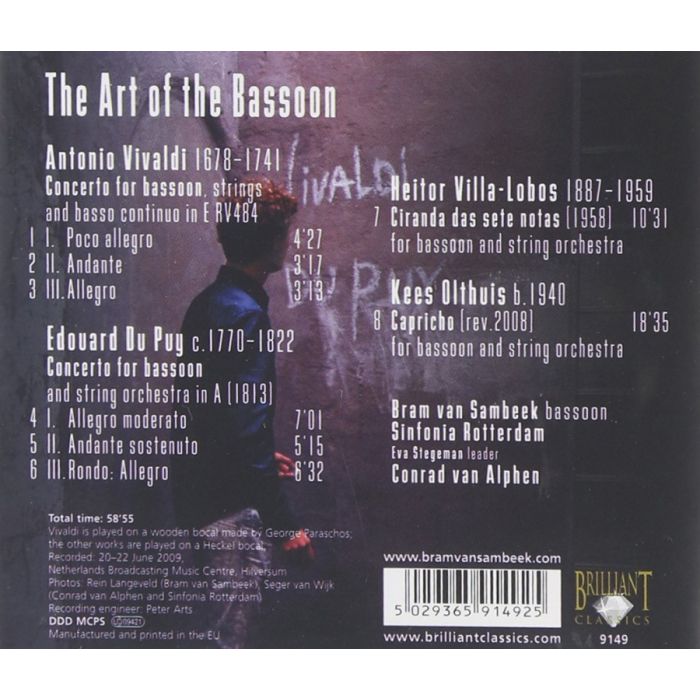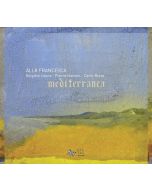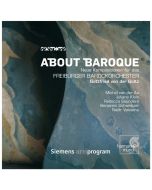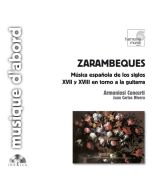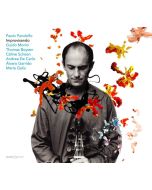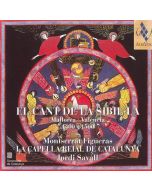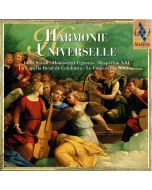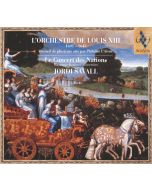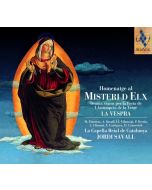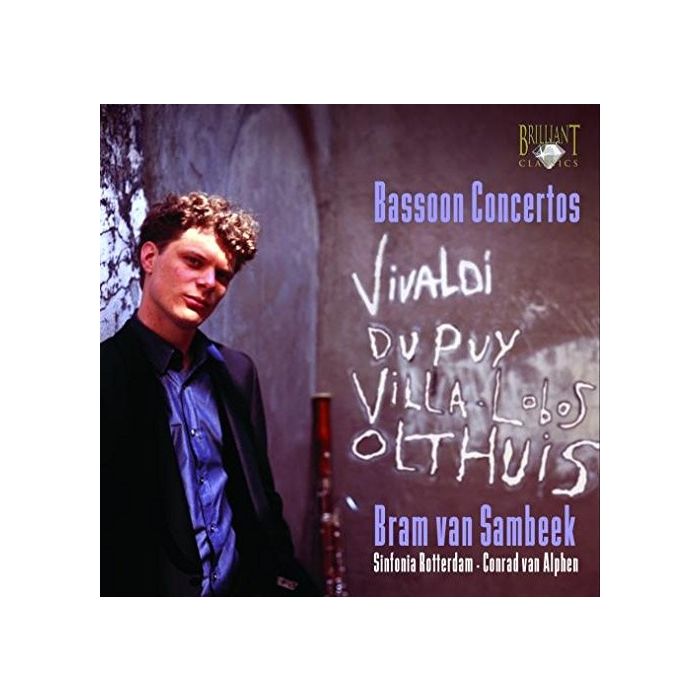
(Produkt nie został jeszcze oceniony)
kompozytor
różni kompozytorzy
tytuł
The Art of the Bassoon
wykonawcy
Sambeek, Bram van, Sinfonia Rotterdam
nr katalogowy
9149
opis
A fascinating journey through the repertoire of the bassoon starts with Vivaldi’s supreme example of a Baroque concerto, played by Bram van Sambeek on a wooden bassoon that represents the type of instrument Vivaldi’s soloist would have played. For the next work, van Sambeek chooses not the famous examples by Mozart, Hummel or Weber, but a charming concerto by the little known, but highly eccentric French composer Édouard Du Puy (1770–1822). Du Puy knew Berwald and Crusell when they were all playing in the Swedish Court Orchestra. He was fired from his job there for singing a revolutionary song in praise of Napoleon – not something you did for career-advancement in Sweden in the late 18th century! He rode his horse into church in imitation of Voltaire, and his high point was probably to secure a post in Copenhagen, only to be found in bed with the Crown Princess Charlotta Frederika. They were both banished from the kingdom. His concerto is a highly virtuosic work. Sadly, he left it unfinished (possibly due to his ‘after work’ activities), and the finale was supplied by the virtuoso oboist Karl Braun. Villa-Lobos’s Round Dance of Seven Notes is based on the Ciranda, a Brazilian children’s dance. The disc concludes with a work by Kees Olthuis, written for van Sambeek’s teacher, Gustavo Nunez, principal bassoonist of the Concertgebouw Orchestra.
• Dupuy: Concerto for bassoon and string orchestra in A
• Olthuis: Capricho
• Villa-Lobos: Ciranda das sete notas
• Vivaldi: Bassoon Concerto, RV 484 in E minor
Works:
• Dupuy: Concerto for bassoon and string orchestra in A
• Olthuis: Capricho
• Villa-Lobos: Ciranda das sete notas
• Vivaldi: Bassoon Concerto, RV 484 in E minor
nośnik
CD x 1
wydawca
Brilliant Classics
data wydania
13.11.2019
EAN / kod kreskowy
5029365914925
55,00 zł
Produkt na zamówienie
Wysyłka ustalana indywidualnie.
Darmowa wysyłka dla zamówień powyżej 300 zł!
Darmowy kurier dla zamówień powyżej 500 zł!
sprawdź koszty wysyłki